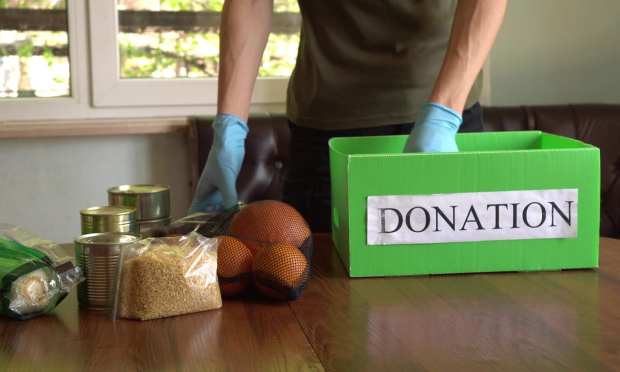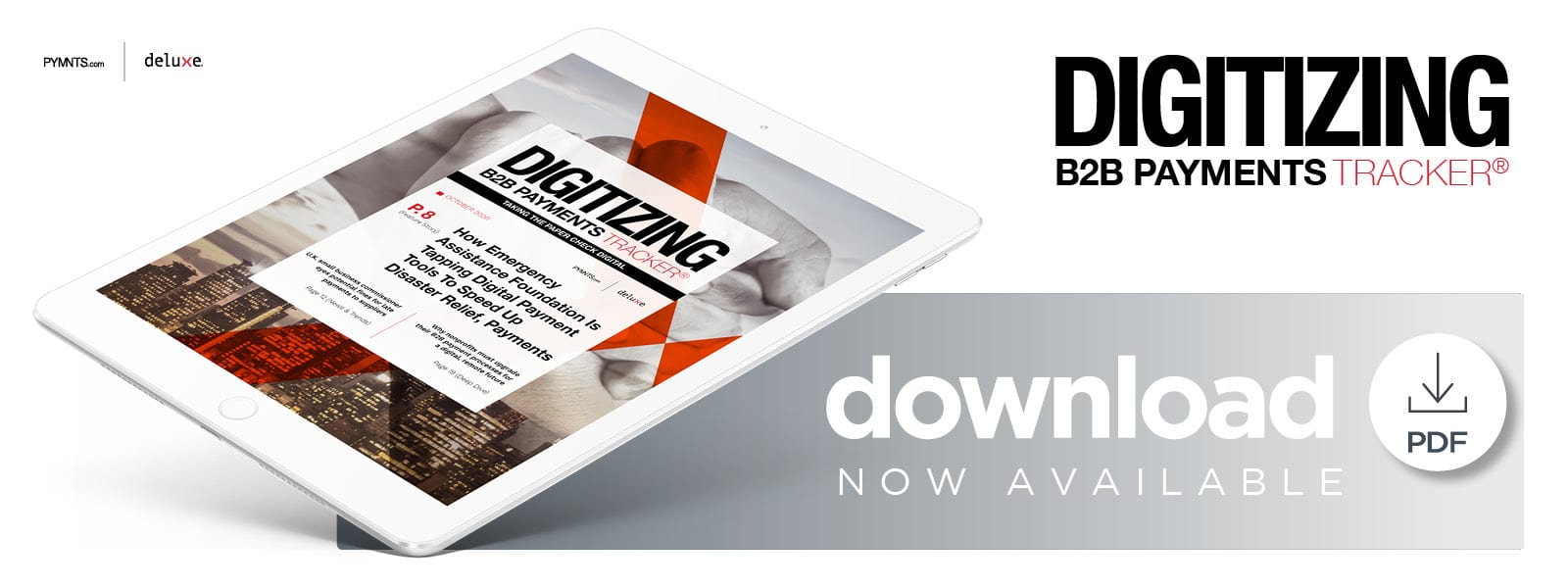How Emergency Assistance Foundation Is Tapping Digital Payment Tools To Speed Up Disaster Relief, Payments

When disaster strikes, nonprofits mobilize to extend grants and funding to partnering businesses, but payments can go awry when they use legacy B2B payment tools to disburse those funds. In the latest Digitizing B2B Payments Tracker, Doug Stockham, president of international disaster-relief nonprofit Emergency Assistance Foundation, explains the role of flexible payment technologies in getting money to recipients in their times of greatest need.
Disasters — natural or man-made — can significantly disrupt the financial well-being of those who are affected, forcing them to cope not just with the catastrophic consequences but also with seeking relief for economic distress.
It is at such times that nonprofit organizations step in and extend financial support. Ensuring that assistance reaches recipients quickly can be a challenge, however, especially if a nonprofit relies solely on manual or paper-based methods for disbursing funds and must distribute them across different regions and to recipients who have unique needs.
Offering a robust assortment of payment methods is thus crucial for nonprofits, Doug Stockham, president of international disaster relief nonprofit Emergency Assistance Foundation (EAF), said in a PYMNTS interview. EAF allows companies to establish charitable relief funds from which affected team members — once verified as eligible by the sponsoring company — can apply for tax-free grants. The foundation uses several methods to make grant payments to individuals or directly to vendors on individuals’ behalf, including wire transfers and virtual credit cards for its suppliers. It also works with third parties, such as money transfer service Western Union and credit card network American Express as well as Deluxe Corporation’s Deluxe Payment Exchange (DPX) platform.
“Due to the uniqueness of not only the coronavirus but also what has been happening around the world with so many other disasters and qualified events, we are always trying to meet the applicant [where they are] to ensure they receive the financial assistance they need as quickly as possible,” Stockham said. “That is why we have been working with these different payment routes in each country, … so each of these different third parties that we have engaged with has different capabilities.”
The pandemic’s sheer scale has made it all the more important for nonprofits to extend fast and efficient financial support. EAF has seen disaster relief application volumes that are 20 times higher than what it typically observes during natural disasters, such as hurricanes and earthquakes.
Alleviating Payment Frustrations During The Pandemic
Slow payment processes can significantly impact both the end recipients and their employers. Those displaced from their homes due to natural disasters rarely have time to wait by the door for checks, Stockham noted, which makes it critical for organizations to minimize the time between when applications are received and when grants are sent out.
EAF has adopted a flexible payments strategy designed to combat these issues. Stockham said donors can contribute funds using almost any method, including credit or debit cards, wire transfers, automated clearing house (ACH) payments or even securities or cryptocurrencies. The foundation uses wire transfers and the DPX platform to make payments once funds have been collected and are ready to be disbursed.
“We are the financial first responders,” he explained. “We are in the disaster business, so if you have a financial hardship due to a disaster, you need help right away. One of the issues with, let us say, a hurricane [is that] you are probably not sitting in the middle of a hurricane waiting to pick up a check in the mailbox. During the pandemic, people are more confused and distraught than I have ever seen because there’s just so much unknown.”
Enabling fast and seamless access to funds has also taken on a whole new meaning during the current health crisis. Nonprofits and other relief organizations have dealt with many types of disasters over the years, and this has allowed them to draft guidelines on how to approach them. Such planning has been impossible during the pandemic, however, simply because its impacts continue to be felt, and no one knows exactly when its effects will end.
“Let us say a hurricane hits Miami,” he explained. “We all [know] what a hurricane is, and people have been impacted in the same kinds of ways. … But during the pandemic, people are more confused and distraught than I have ever seen because there’s just so much unknown. None of us has ever been through a pandemic before, much less do we hope to do it again.”
These logistical challenges are pushing EAF and other nonprofits to take more focused approaches to managing payments, and many are expanding their use of digital payment tools to seamlessly and safely send out much-needed assistance.
Digitizing B2B And The Future Of Payments
Keeping pace with this digital shift requires examining how new technologies and emerging payment solutions fit shifting needs, Stockham explained, and some payments are likely to see increased long-term usage. eChecks can be an ideal solution for recipients because they can be sent via email, accessed by individuals who lack bank accounts and cashed, he said. The EAF is examining how mobile wallets and other emerging payment methods could facilitate payments for recipients as well as how technologies such as robotic process automation (RPA) can optimize and secure back-end payment flows.
“We can do some reconciliations really, really quickly with [RPA],” he said. “We do daily reconciliations of our accounts and … the quicker you identify there is a mismatch, the quicker you can go do something about it.”
Determining how to more efficiently send grants to recipients will be a key consideration for nonprofits in the coming years, and it will require B2B payments to be funneled smoothly to where they have to go. Many organizations are discovering that combining digital technologies with payment methods that can meet all recipients’ needs could be the best way to send help — fast.

